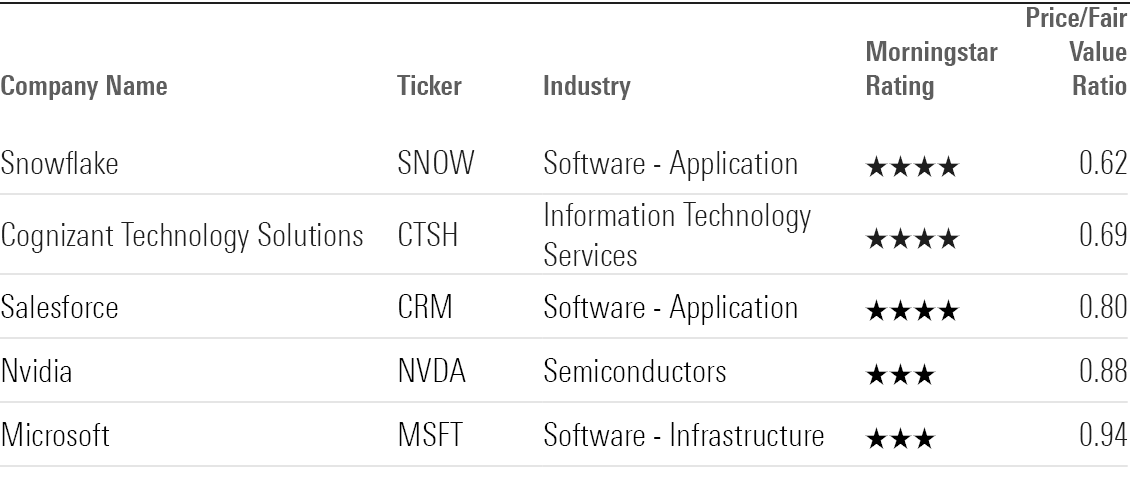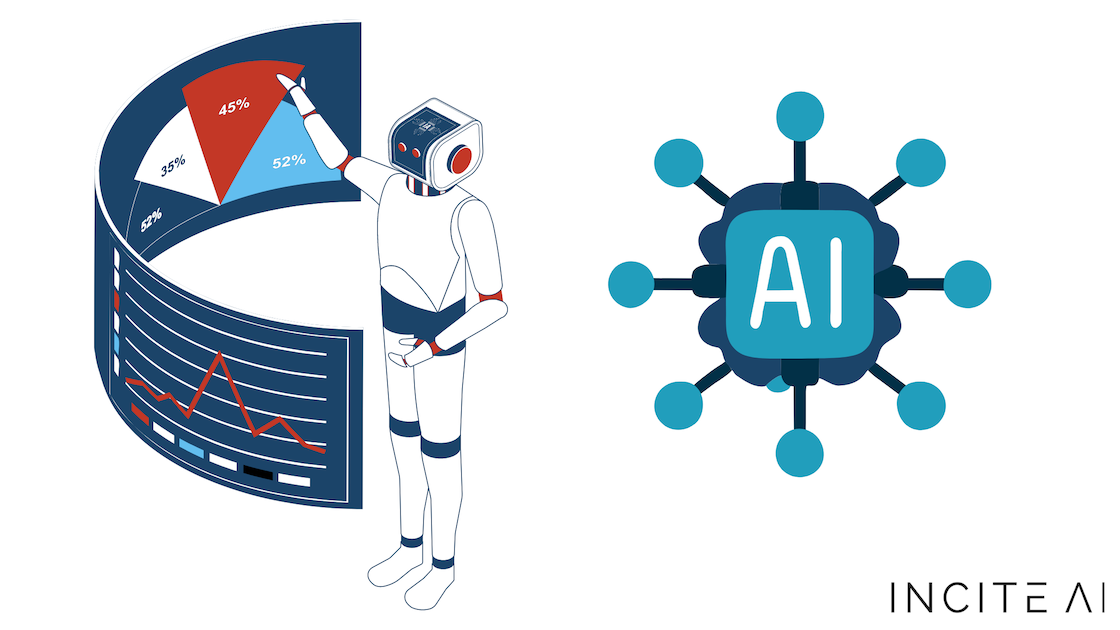
Top 10 Tips For Assessing Data Quality And Sources Of Ai Trading Platforms That Forecast Or Analyze Price Of Stocks.
To ensure reliable and accurate insight, it is important to assess the accuracy of data sources as well as AI-driven trading platforms for stocks. Insufficient quality data can lead to flawed forecasts, financial losses and a lack of trust in the platform. Here are 10 best methods to assess the quality of data and the source:
1. Verify data sources
Find out the source of the data Check that the platform is reliable and well-known data suppliers (e.g., Bloomberg, Reuters, Morningstar, or exchanges like NYSE, NASDAQ).
Transparency. The platform should publicly disclose the sources of data it utilizes and should be able to keep them up to date.
Avoid dependency on one source: Trustworthy platform often aggregate data across multiple sources in order to limit bias and errors.
2. Assess Data Freshness
Real-time or. delayed data: Determine whether the platform offers actual-time data, or delayed data. Real-time data is essential for active trading. However, delayed data can be adequate for long-term analytical purposes.
Update frequency: Check the frequency with which data is being updated.
Accuracy of historical data: Make sure that the accuracy of historical data and that it is free of gaps or anomalies.
3. Evaluate Data Completeness
Search for missing data. Look for gaps in historical data, ticker-less tickers and incomplete financial statements.
Coverage. Make sure your platform includes a variety of stocks, markets, and indices relevant to you trading strategy.
Corporate actions: Check if your platform takes into account stock splits and dividends as well as mergers and other corporate events.
4. Accuracy of Test Data
Cross-verify data: Compare the platform’s data to that of other reliable sources to ensure the accuracy.
Find errors: Check for anomalies, incorrect prices, and mismatched financial metrics.
Backtesting: Use old data to test strategies for trading backwards and determine whether the results match with the expectations.
5. Measure Data Granularity
The level of detail: Ensure that the platform has granular information, such as intraday prices volumes spreads, bid-ask spreads and order book depth.
Financial metrics: Make sure that the platform provides comprehensive financial statements, such as income statement, balance sheets and cash flow along with important ratios (such as P/E, ROE, and P/B. ).
6. Clean up and processing of data
Normalization of data is essential to ensure consistency.
Outlier handling: Check how your platform handles anomalies, or data that’s outliers.
Missing data estimation: Verify that the platform relies on reliable methods for filling in missing data.
7. Check data to determine if they are consistent.
Aligning data with the correct time zone. To prevent discrepancies, ensure that all data is in sync with each other.
Format consistency – Check to see whether the data is presented in the same way (e.g. units, currency).
Cross-market compatibility: Ensure that the data from various exchanges and markets are synchronized.
8. Evaluate the Relevance of Data
Relevance of the data to your trading strategy: Make sure the data is aligned with your style of trading.
Selecting Features: Check whether the platform offers relevant features, such as economic indicators, sentiment analysis as well as news data that will enhance predictions.
Review Data Security Integrity
Data encryption: Ensure that the platform is using encryption to protect data storage and transmission.
Tamper proofing: Verify the data on the platform is not being manipulated.
Compliance: Verify that the platform is compatible with all applicable laws regarding data protection (e.g. GDPR, CCPA).
10. Check out the Platform’s AI Model Transparency
Explainability: The system should provide insights on how AI models use data to produce predictions.
Bias detection: Determine that the platform monitors and reduces biases that exist within the models or data.
Performance metrics – Evaluate the performance of the platform and performance indicators (e.g. precision, accuracy, precision and recall) to assess the accuracy of the predictions made by them.
Bonus Tips
Reviews and reputation of users Check out the user feedback and reviews in order to determine the reliability of the platform and the quality of data.
Trial time: You can evaluate the quality of data and capabilities of a platform by using an online demo or trial before you decide to buy.
Customer support – Make sure that the platform has the capacity to provide robust customer support in order to resolve any data-related issues.
Utilize these suggestions to determine the data source and quality for AI software for stock prediction. Make educated decisions regarding trading by using this information. Follow the recommended trading with ai examples for blog info including ai trading, ai chart analysis, AI stock trading app, market ai, trading with ai, best ai trading software, investing ai, ai chart analysis, AI stock market, options ai and more.

Top 10 Tips For Evaluating The Feasibility And Trial Of Ai Stock Predicting/Analyzing Trading Platforms
Prior to signing up for a long-term deal it is crucial to test the AI-powered stock prediction and trading platform to determine whether they meet your requirements. Here are the top 10 tips to assess these elements:
1. Try it for Free
Tip: Make sure the platform you are considering has a 30-day trial to evaluate the capabilities and features.
Free trial: This gives you to test the platform with no financial risk.
2. Duration and Limitations of the Trial
TIP: Make sure to check the trial period and limitations (e.g. limited features, data access restrictions).
Why: By understanding the limitations of the trial, you can determine whether it is a thorough evaluation.
3. No-Credit-Card Trials
Try to find trials that don’t need you to provide your credit card information in advance.
The reason is that it reduces the risk of unanticipated charges and makes it much easier to cancel.
4. Flexible Subscription Plans
TIP: Check to see if there are clearly defined pricing tiers as well as flexible subscription plans.
Reasons: Flexible plan options permit you to tailor your commitment to suit your needs and budget.
5. Customizable Features
Find out the possibility of modifying options like warnings or levels of risk.
Why is this: Customization allows the platform to meet your trading goals.
6. Refund Policy
Tip: Assess how easy it is to downgrade or cancel a subscription.
The reason: A simple cancellation process ensures you’re not locked into a plan that’s not right for you.
7. Money-Back Guarantee
Check out platforms that offer 30-day money-back assurance.
What’s the reason? You’ve got an extra safety net if you don’t like the platform.
8. All features are accessible during the the trial
Make sure that you can access all features of the trial version, not only a limited version.
Check out the entire functionality before making a decision.
9. Customer Support during the Trial
Tips: Evaluate the quality of support provided by the business throughout the trial.
Why? A reliable customer service helps you resolve issues and make the most of your trial.
10. After-Trial Feedback Mechanism
Check if your platform is seeking feedback on how to improve the service after the trial.
Why: A platform with a high levels of user satisfaction is more likely than not to evolve.
Bonus Tip Options for Scalability
As you increase your trading activity and you are able to increase your trading volume, you might need to upgrade your plan or add new features.
After carefully reviewing the test and flexibility features after carefully evaluating the trial and flexibility features, you’ll be in a position to make an informed decision about whether AI stock predictions as well as trading platforms are appropriate for your company prior to committing any amount of money. View the top your input here for blog info including best AI stocks, trading ai tool, AI stock prediction, chart ai trading, chart analysis ai, free AI stock picker, best ai trading platform, AI stock trader, can ai predict stock market, ai trading tool and more.


 27 July 2025
27 July 2025 Share
Share